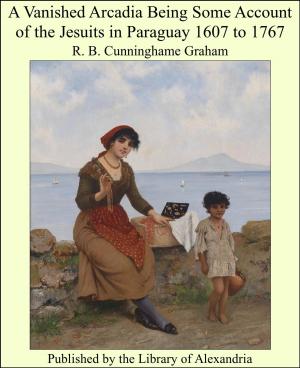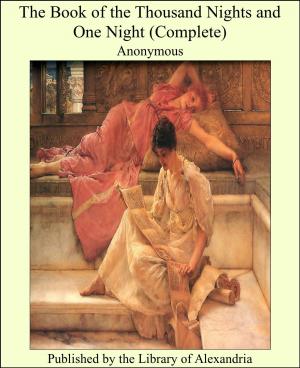| Author: | Graydon Stannus | ISBN: | 9781465600370 |
| Publisher: | Library of Alexandria | Publication: | March 8, 2015 |
| Imprint: | Language: | English |
| Author: | Graydon Stannus |
| ISBN: | 9781465600370 |
| Publisher: | Library of Alexandria |
| Publication: | March 8, 2015 |
| Imprint: | |
| Language: | English |
All old glass is interesting, but old Irish glass possesses certain unique qualities which make its collection peculiarly fascinating. In it we find an unsurpassed beauty and depth of colour—a poetry of design and a velvet softness of touch which are a pure joy to the connoisseur. Before describing Irish glass, however, let me first give some idea as to where and when it was produced. Glass appears to have been made in Ireland to a very small extent during the Middle Ages, and it would seem from the evidence of contemporary records that as early as 1332 the coloured windows of Dublin Castle were made by local workers in Dublin. Some authorities, however, hold that these records refer not to glass-makers, but merely to glaziers, who used foreign glass for their work. What is certain is that the manufacture of glass was not seriously commenced in Ireland until the last quarter of the sixteenth century. Window glass, coloured glass, and drinking glass were certainly made there in 1585, and their manufacture appears to have been carried on more or less steadily from that time onwards in various parts of the country. History records, for instance, that very early in the seventeenth century a patent was granted to a man named Aston to make glass in Ireland for a period of twenty-one years. It was not until the second quarter of the eighteenth century that the great period of Irish glass-making arrived, and pieces were produced rivalling, or even surpassing, the best wares of their kind made in England and on the Continent. Unfortunately for the success of the factories, the English Government passed an Act, in 1788, entirely prohibiting the export of glass from Ireland. This measure did more than anything to cripple the great and growing industry, but did not actually kill it, as the makers were not forbidden to sell their goods in their own country!
All old glass is interesting, but old Irish glass possesses certain unique qualities which make its collection peculiarly fascinating. In it we find an unsurpassed beauty and depth of colour—a poetry of design and a velvet softness of touch which are a pure joy to the connoisseur. Before describing Irish glass, however, let me first give some idea as to where and when it was produced. Glass appears to have been made in Ireland to a very small extent during the Middle Ages, and it would seem from the evidence of contemporary records that as early as 1332 the coloured windows of Dublin Castle were made by local workers in Dublin. Some authorities, however, hold that these records refer not to glass-makers, but merely to glaziers, who used foreign glass for their work. What is certain is that the manufacture of glass was not seriously commenced in Ireland until the last quarter of the sixteenth century. Window glass, coloured glass, and drinking glass were certainly made there in 1585, and their manufacture appears to have been carried on more or less steadily from that time onwards in various parts of the country. History records, for instance, that very early in the seventeenth century a patent was granted to a man named Aston to make glass in Ireland for a period of twenty-one years. It was not until the second quarter of the eighteenth century that the great period of Irish glass-making arrived, and pieces were produced rivalling, or even surpassing, the best wares of their kind made in England and on the Continent. Unfortunately for the success of the factories, the English Government passed an Act, in 1788, entirely prohibiting the export of glass from Ireland. This measure did more than anything to cripple the great and growing industry, but did not actually kill it, as the makers were not forbidden to sell their goods in their own country!















